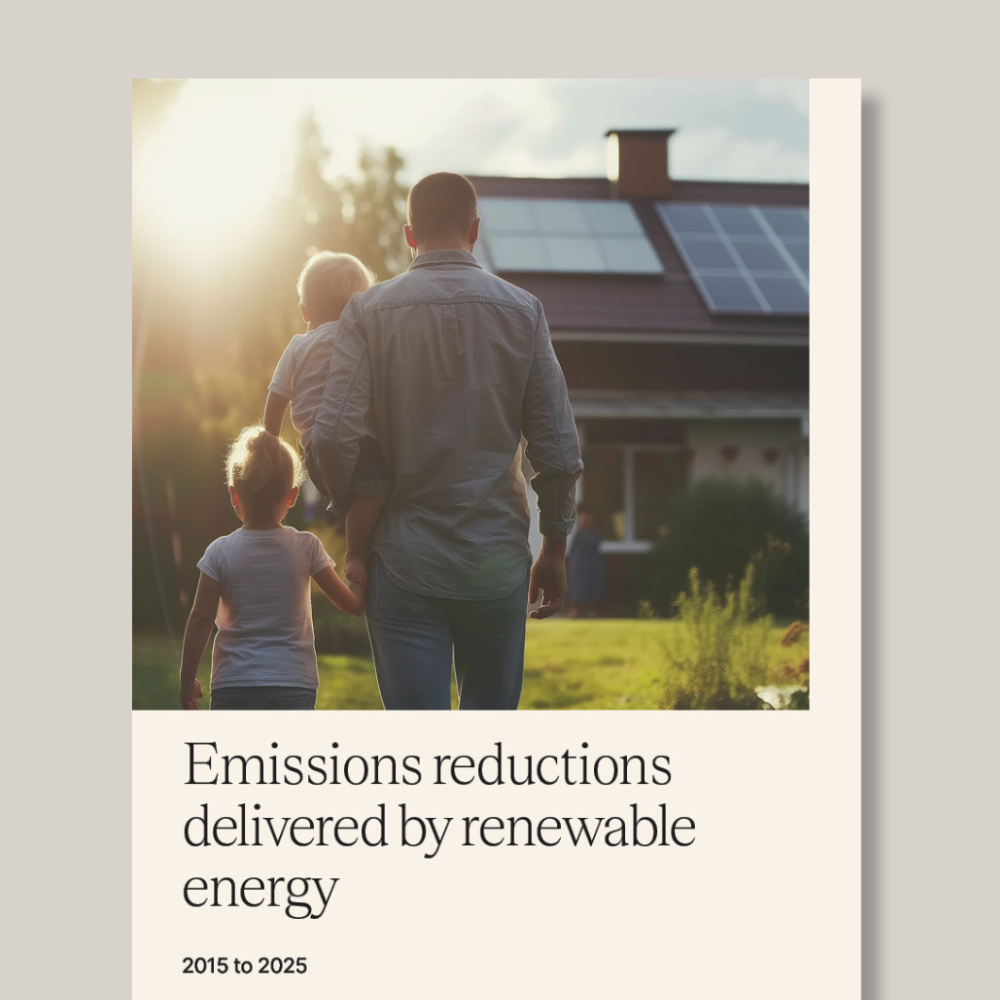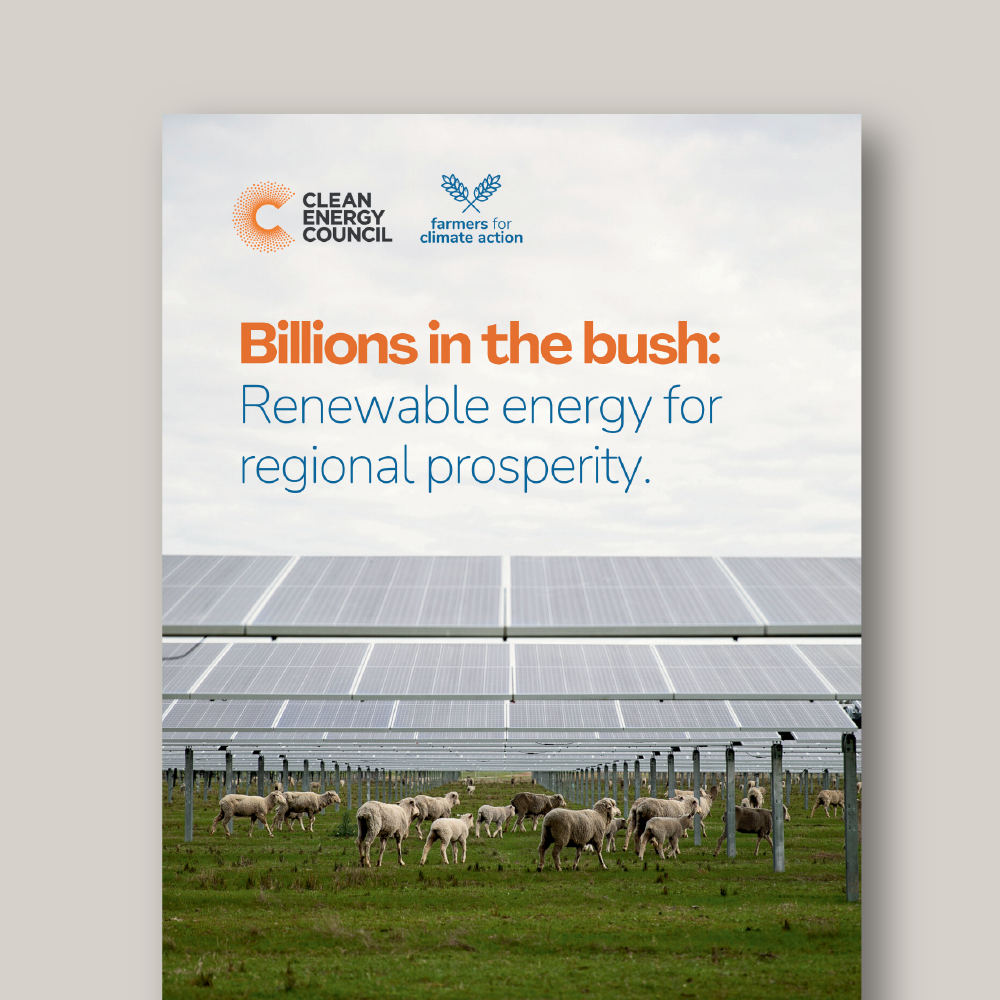Broadmeadows Primary School – Victoria
This public primary school in Melbourne’s north has been quietly generating clean energy since late December 2010. The school derives its energy from solar panels and a wind turbine, which generate 6.12 kW and 1.85 kW of clean power respectively. These initiatives have seen the school generate 80,125 kWh of energy over the past nine years, which has reduced its CO2 emissions by 56,088 kg and saved almost $35,000 in electricity costs.
Monash University – Victoria
Working towards its target of zero emissions by 2030, Monash University is developing a 4 MW solar PV and 1 MWh battery storage microgrid at its Clayton campus. It’s anticipated that the project will meet the energy demands of the campus, provide ancillary services to the state’s grid and serve as a living laboratory for testing purposes. In addition, the university has installed over 7000 solar panels across its Clayton and Caufield campuses and has signed a long-term PPA with the Murra Warra wind farm to help meet it’s 100 per cent renewable energy target.

University of Newcastle – New South Wales
The University of Newcastle became the first tertiary institution in Australia to sign up to Red Energy’s new 100 per cent renewables product. The power purchase agreement (PPA) signed by the university will come into effect on 1 January 2020, once Red Energy’s solar, wind and hydro facilities have finished construction. The agreement also coincides with the university’s ongoing solar panel project, which has seen 278 solar panels installed at the Ourimbah campus and a commitment to install a further 7000 panels at both the Ourimbah and Callaghan campuses – making it one of the largest solar installations in the sector.
St Christopher’s Catholic Primary School in Holsworthy and Dapto High School – New South Wales
Gone are the days of portable, plain classrooms, with two schools in New South Wales looking to the future with renewable-powered, sustainable classrooms. Thanks to an initiative by technology start-up Hivve, two classrooms at St Christopher’s Catholic Primary School and Dapto High School in New South Wales will participate in a trial that will see 100 per cent of each classroom’s power generated from renewable sources, therefore reducing the school’s reliance on the grid. The classrooms will also serve as an educational tool for sustainability for both teachers and students. The Australian Renewable Energy Agency and the federal government are providing $370,000 to both schools to trial the smart technology-enabled classrooms. Instead of using energy, they will actually generate 7600 kWh of electricity, which will be used to power other classrooms at the schools. The modular classrooms integrate solar panels and real-time energy and air quality monitoring to control usage and generate energy.

State-based renewable energy initiatives for education
Northern Territory Rooftop Solar in Schools program
The Northern Territory Government has followed through on its election promise of providing $5 million for up to 25 schools to install solar PV systems. The plan expects that the schools will receive a discount of up to 40 per cent on their energy bills, with the final phase of the project to be completed by 2021. The top eight energy users in the territory have been chosen first to have the panels installed, with installation expected to be completed by 30 June 2019. The program is a key element of the government’s Roadmap to Renewables Plan, which includes a renewable energy target of 50 per cent by 2030.
Queensland Advancing Clean Energy Schools (ACES) program
Even though 1200 of Queensland’s 1240 state schools already offset their energy costs through solar and energy efficiency measures, the Queensland Government is investing a further $97 million to support 800 schools to install solar panels and energy efficiency measures such as LED lighting and timed hot water systems. The energy savings from these initiatives will be retained by the Department of Education and then reinvested into implementing a similar clean energy program across the remaining 400 state schools and other education priorities.
Victorian Greener Government School Buildings program
Introduced as part of a $2.8 billion investment to improve classrooms, upgrade facilities and build new schools across the state, the Victorian Greener Government Schools initiative has helped make Victorian schools more energy efficient and save on energy bills. Initially, 100 schools were invited to participate in the pilot program that saw the installation of solar panels and energy efficient lighting by the end of 2018. The program aims to reduce greenhouse gas emissions by 25,000 tonnes each year by cutting energy use in state school buildings.
University of Queensland – Queensland
The University of Queensland is on track to become the first major university on the planet to offset 100 per cent of its electricity usage through its own renewable energy asset. It’s anticipated that the university will become energy neutral by 2020 through the establishment of a $125 million, 64 MW solar farm located just outside of Warwick on Queensland’s Southern Downs. The solar farm will also provide research, teaching and engagement opportunities in addition to the obvious financial and environmental benefits.

Prior to this, the university installed approximately 10,000 solar panels on rooftops at the St Lucia campus. In total, the university has almost 50,000 solar panels in operation across its campuses, generating almost 9 million kWh of clean energy, which is enough to power more than 1500 typical Queensland homes. The university’s Gatton campus is also home to the largest PV research facility in the southern hemisphere. With construction completed in 2014, the 3.275 MW array comprises more than 37,000 PV panels installed on what was formerly a campus airstrip and will displace the equivalent of 5300 tonnes of carbon dioxide annually.
Atlantis Beach Baptist College – Western Australia
This new-build school based in the northern coastal suburb of Two Rocks in Perth has taken the title as the country’s first 100 per cent renewable-powered school. The school, which opened its gates in February 2017, sources all of its power from 20 kW of rooftop solar and a 30 kW battery storage system, with solar heat pumps used for hot water. Initially, the school’s plan was to run off diesel generators due to the economically unfeasible $250,000 price tag that came with connecting to the grid at the time. However, the school was able to switch to solar for no up-front cost and pays for the system through a monthly PPA secured between the school and Upstream Energy, who installed the system.





